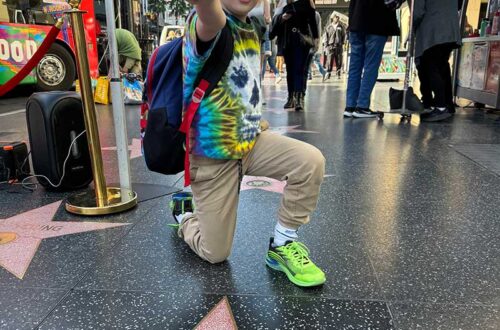Free Money for College
by Susan Tatsui-D’Arcy

This year, the budget includes $170 million for children entering 1st grade (2022-2023).Every year, the state will open an account for any child born after July 1, 2022, regardless of income or school child will eventually attend, and has set aside $15.3 million for these newborn accounts.
California children born on or after July 1, 2022 will qualify to receive up to $100 for newborns and up to $1500 for low-income students. CalKids is a state-funded college savings program designed to encourage all students to consider higher education by giving them a small, long-term college savings account.
Research shows that children, and their parents, consider college as a viable route to future careers when they have a dedicated savings account set aside for college. There are over 120 similar programs nationwide, but California has almost 3 times more students enrolled and more money allocated than the 120 programs combined. This year, California will enroll about 3.4 million school-aged children, and about 450,000 newborns annually.
All of the funds for California children will be in a single account owned by the state, with a sub-account designated for each child. The best part: families can watch their accounts grow, but they can’t withdraw it or use it for other purposes.
When the child graduates from high school and enters college (community or a 4-year college) or a technical/vocational program, the state will send that child’s money directly to the institution for education expenses. The money won’t be taxable to the parent or the child. If the money is not used before the child turns 26, the money stays in the fund for others to use. The student must live in California for at least one year immediately before funds are distributed to the postsecondary institution.
While parents can open separate 529 accounts (college savings programs), they cannot mix the 529 account with the CalKids account. Parents can open 529 accounts with ScholarShare (https://www.scholarshare529.com/documents/ca-checklist.pdf) and they can view their CalKids account with their 529 plans to see the collective savings account together.
The state allocated $1.9 billion last year for low-income students (1st-12th grades). This year, the budget includes $170 million for children entering 1st grade (2022-2023). Every year, the state will open an account for any child born after July 1, 2022, regardless of income or school child will eventually attend, and has set aside $15.3 million for these newborn accounts.
To qualify for the $1500 low-income student account, the student must meet at least one of the following criterion:
National School Lunch Program
CalFresh
CalWorks
Foster Youth
Homeless
Migrant Students (immigration status is not considered)
English Learners
To get the full $1500, students would have to be low-income, homeless foster youth. All low-income students will automatically receive $500, plus $500 if they are foster youth, plus $500 if they are homeless. California has identified 1,250 students who will qualify for the full amount. This is a one-time grant.
The only recurring grants will be for newborn children and incoming low-income students entering first grade. The state will deposit $25 for each newborn child. When the parent registers the account, the child will receive another $25. If the parent links their child’s account to a new or existing ScholarShare account, they’ll receive an additional $50. They’ll receive a maximum of $100.
Parents must register their child’s account at CalKids.org. For newborns, they’ll need to provide the child’s birthdate, county where they child was born or attends school, and the Local Registration Number found on the birth certificate or the code provided on the notification letter.
For school-aged students, parents must provide the student’s statewide student identification number (SSID) or the code sent on the notification letter. The SSID can be obtained from the child’s school or district office.
The CalKids account can be opened without a Social Security number or Individual Taxpayer Identification number. But, both parent and child need either Social Security or ITIN number to open the ScholarShare account.
Share this information with all new parents so they can start a CalKids savings account for their newborns or children entering 1st grade. The $1500 funds for low-income students can be an incentive to stay in school and seek higher education.








